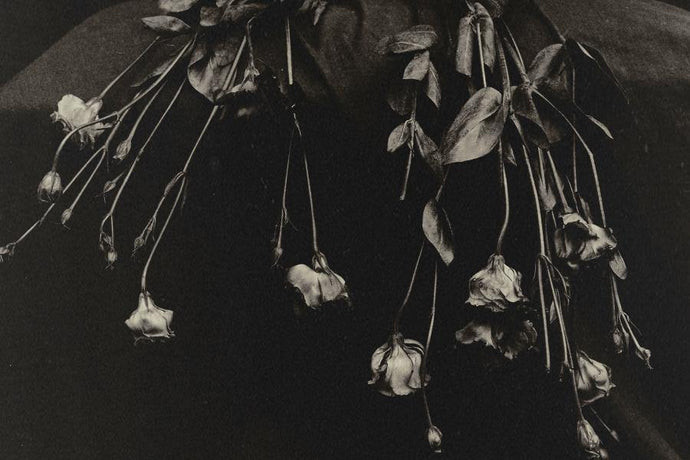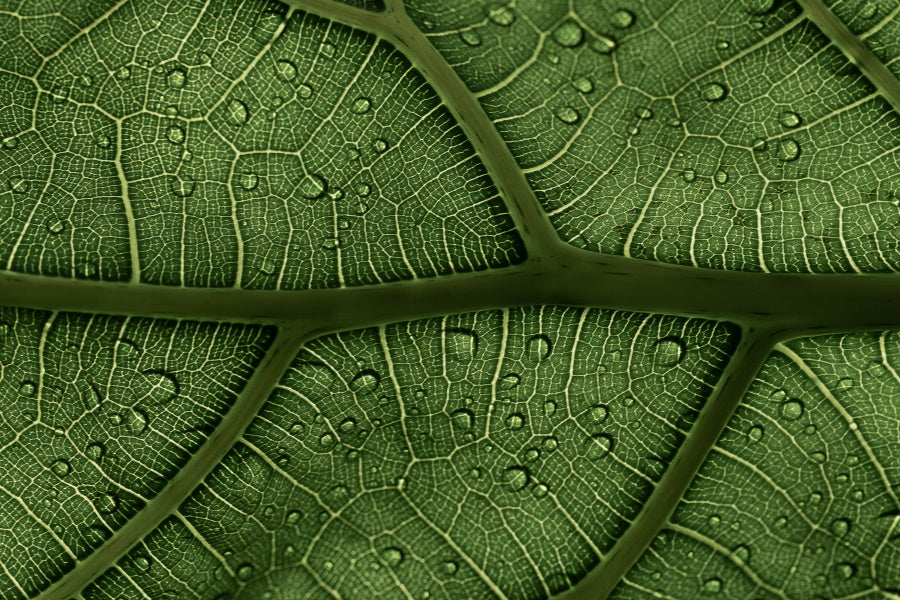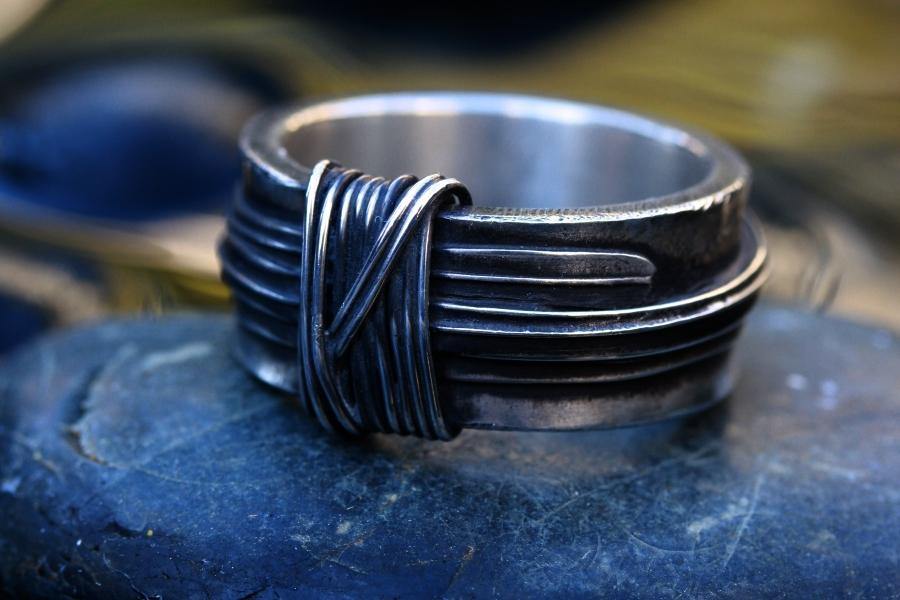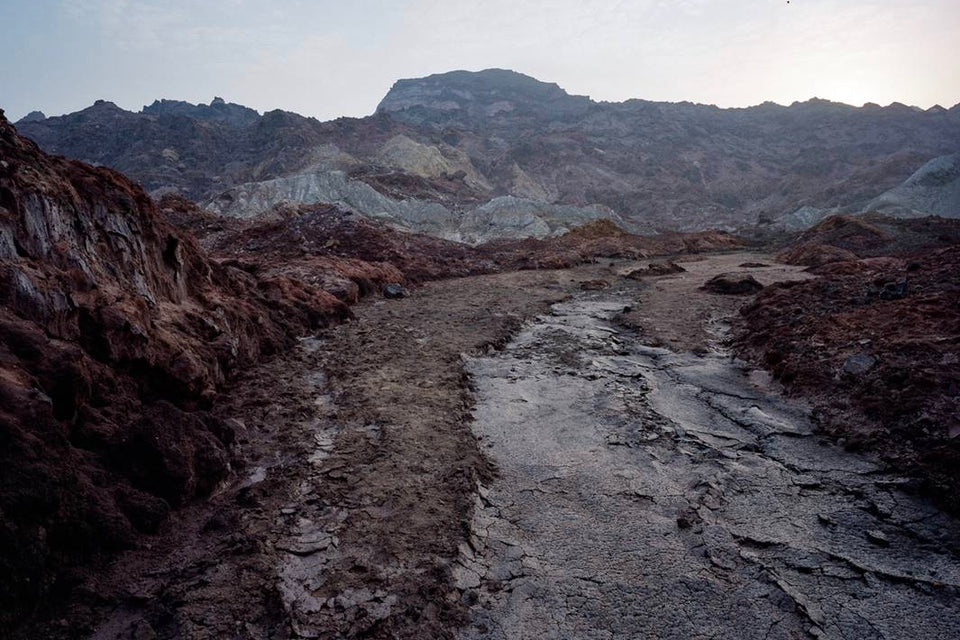Insight | Sam Haven
This month on the Fallow journal we delve into the collaborative mind of Sam Haven ...
F: You created the sound for Dakota Gordons’ haunting solo exhibition ‘ORDOVICIAN/2,228’. What was it like to be apart of such an immersive experience?
S: Dakota is an incredible artist who I’ve been lucky enough to be friends with for many years, and have previously collaborated with. I’m constantly in awe of her work. We are always discussing potential artistic endeavours, and when she presented this idea to me, it was an instant yes on my part. The idea of blending artistic mediums to create a more immersive and unique experience is very exciting. What was also appealing was the ephemeral nature of such an event. It wasn’t recorded, you can’t re-watch it on a screen later, just a unique “one night only” experience. I’m looking forward to more projects with DK.
F: What is the process you embark on when writing an original piece for exhibitions such as Metal Yoga? Do you have any ritualistic practices you perform that elevates your writing process?
S: I feel as though there is a lot in common between the art that I create and a yoga practice, and this type of event acts as a perfect bridging ground between darker art and spirituality. Taking that into account, I would discuss with Rebecca, who instructs the classes, a structure for the class, what she imagined in terms of rhythm and atmosphere. I then considered this in relation to the headspace of someone participating in the class, and experimented with sounds that would best accompany and accentuate the experience. About half of the live performance in-class was improvised, to adapt organically to the environment, though I was also involved in the practice itself, the meditations, which complemented the music, becoming a unique and immersive experience.
F: When did you discover your love of dark fashion?
S: I would say it was something more subconscious that manifested itself as a reflection of something deeper. The earliest I can trace it back would be early high school, where it was becoming more and more apparent that I was a kind of outsider and couldn’t quite fit in to any kind of clique, until I discovered this whole new world of darker music and art that championed being different, rather than shaming people for it. Bands such as The Cure had a very profound effect on me. Wearing black became a kind of uniform or flag, a clear indication that I was proud to be different and found it empowering.
F: Your new track on Soundcloud ‘I Cannot Be Here’ is hauntingly beautiful. What was the inspiration behind this piece of music and how do you hope your listeners interpret this work?
S: Thank you for your kind words. I was trying to recreate a feeling and experience from a particular time in my life. It was a very profound and significant moment where I was working through strong feelings of disassociation and duality which retrospectively proved to be a serious turning point for me in my life. However an audience interprets this is out of my control, and I think it is important to not guide an audience to what they should think and feel; art is not, and cannot, be objective. I think it should be a uniquely different experience for each person, however they experience listening to this music -- that feeling belongs to them.
F: If you could write music for a film score what genre would it be and why?
S: Films and filmmakers that challenge the conventional architecture of what a film should be are what interests me. It’s hard to reduce it to a particular genre, as I feel it would be an oversimplification of the complex nature of what someone like David Lynch conveys in a film, who I am a huge fan of. Some films that I would love to attempt scoring are films such as Under The Skin, Ida, The Killing of a Sacred Deer or The Seventh Seal. I think the world of independent and experimental film is becoming more and more exciting, there are so many great independent filmmakers who have been given a platform and a medium from this recent digital revolution that was never previously available to them, which I think is incredible; it’s almost overwhelming to keep up with. A good problem to have.
Images courtesy of Kate Rampling who collaborated with Sam Haven on his album art.











